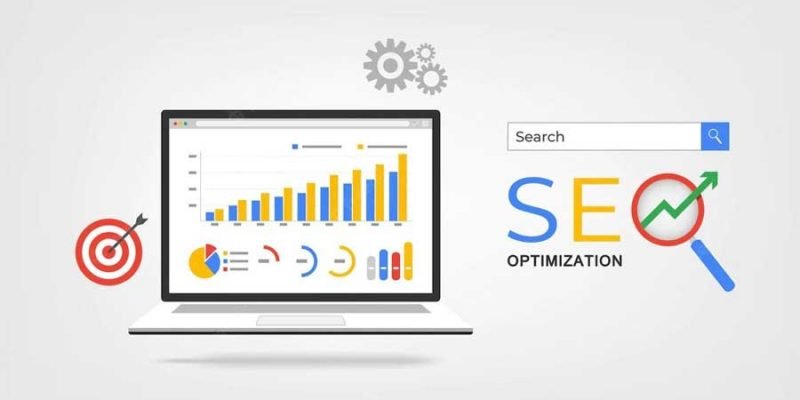On-page SEO helps Google match your website to your target audience. When search engine websites understand the goal of your website, it is most likely to show it in the top position of the search results, and your website will reach more and more audiences to serve your website’s purpose.
So, how do you perform on-page SEO for your website?
On-page SEO deals with choosing the right keywords, optimizing content, submitting URLs, linking pages, and optimizing the website for mobile. You will need basic website editing skills, SEO optimized content, and research thoroughly to perform on-page SEO.
Choosing Appropriate Keywords
Keywords are the phrases that your target audience is searching for when looking for information or purchasing a product or service. Therefore, you will need to be careful about choosing what keywords to use and where to use them.
While choosing a keyword, you will need to find one that has a high search volume but low competition. It can make your content rank higher on the first page of search results.
Additionally, you will need to place your keyword in appropriate places on your content and website to perform on-page SEO. For example, placing keywords in the article title, meta description, and on different headings can increase your content’s reach.
Having a proper density of keywords can aid your content further. You can include the LSI version of your keywords and secondary keyword throughout your post if necessary.
Optimize Website Content
When search engines scan your website, they carefully read all the text on the page. So, make sure to optimize your posts according to the best SEO practices.
Use keywords within the first 100 words of your post. Also, bring those keywords in your post, so the whole thing sounds natural.
The content for your website should be unique and valuable for your audience. Make sure your blogs are detailed, updated, and well written. Also, the whole content should satisfy the search intent.
Use short paragraphs in your posts for a better readability score. Also, avoid unnecessary spacing in your content. It can increase the bounce rate for your website.
Add relevant FAQs in your post if necessary. End your post with an appropriate call to action.
Optimize Visual Content
Visual content reaches more effectively to your target audience. However, search engines don’t understand images. Therefore, you will need to optimize these images in a way that search engines can understand.
Setting an ALT tag for images can help search engines to understand the images you use. Include main and secondary keywords in the ALT tag.
Use images whenever necessary. You will need to optimize images for better performance of your website. You can compress images to reduce page loading time. Also, optimize the URL structure for your image.
Submit your URL
Once you have optimized your content, then you submit your site for indexing.
You need to make sure that search engines register your website’s every page. Once your website is live, you will need to send invitations to search engines to scan your website. You will need to send URLs directly to Google, Bing, and other search engines to read and index your website.
For best SEO practices, make the URLs short and include primary keywords in them. Setting canonical URLs can help your content further to rank on the first page of search engines. Common CMS like “WordPress, Shopify” have default canonical URL settings. However, it is better to recheck the canonical tag before publishing content or immediately after publishing.
If you have changed the post or your page’s URL, you will need to redirect your page to the appropriate location. Also, check out if your page is responsive or not immediately after publishing.
Link Your Posts
Linking your post with your existing content or other authoritative content helps your audience to navigate properly and is one of the best SEO practices. Depending on where your hyperlinks are taking your audience, there are two distinguishable linking practices:
- Internal linking
- External linking
Internal linking redirects your audience and search engines to other posts on your website. These links are clickable words by which your audience can go to different pages for further info or complete an action.
You will need to add internal links where necessary and provide value for your audience. Avoid exact match keywords for internal links.
External links build credibility for your content. However, you need to make sure to add external links from authoritative websites to add better value for your audience. Otherwise, your posts may lose credibility.
Optimize for Mobile
Most of the searches are now conducted by mobile devices. Therefore, search engines also prefer websites optimized for mobile devices.
Nearly 60% of online searches are now performed through smartphones and tablets. Therefore, your website needs to be designed to fit mobile devices. Otherwise, the bounce rate for your website will increase and may not even be visible in the search results.
Bottom Line
On-page SEO is arguably the easiest part of the whole SEO practice. However, it has become more complex than before. It may not need much technical expertise, and you have much control over its elements.
You will need to learn basic website edits, write, and research to conduct your on-page SEO. Making a checklist can help you in different stages and can help you perform on-page SEO effectively.
If you are having trouble conducting your on-page SEO, you can hire experts who can help you with the overall process.

















Comments